What is Cloud Storage?
Cloud Storage is a web service where your data can be stored, accessed, and quickly backed up by users on the internet. It is more reliable, scalable, and secure than traditional on-premises storage systems. 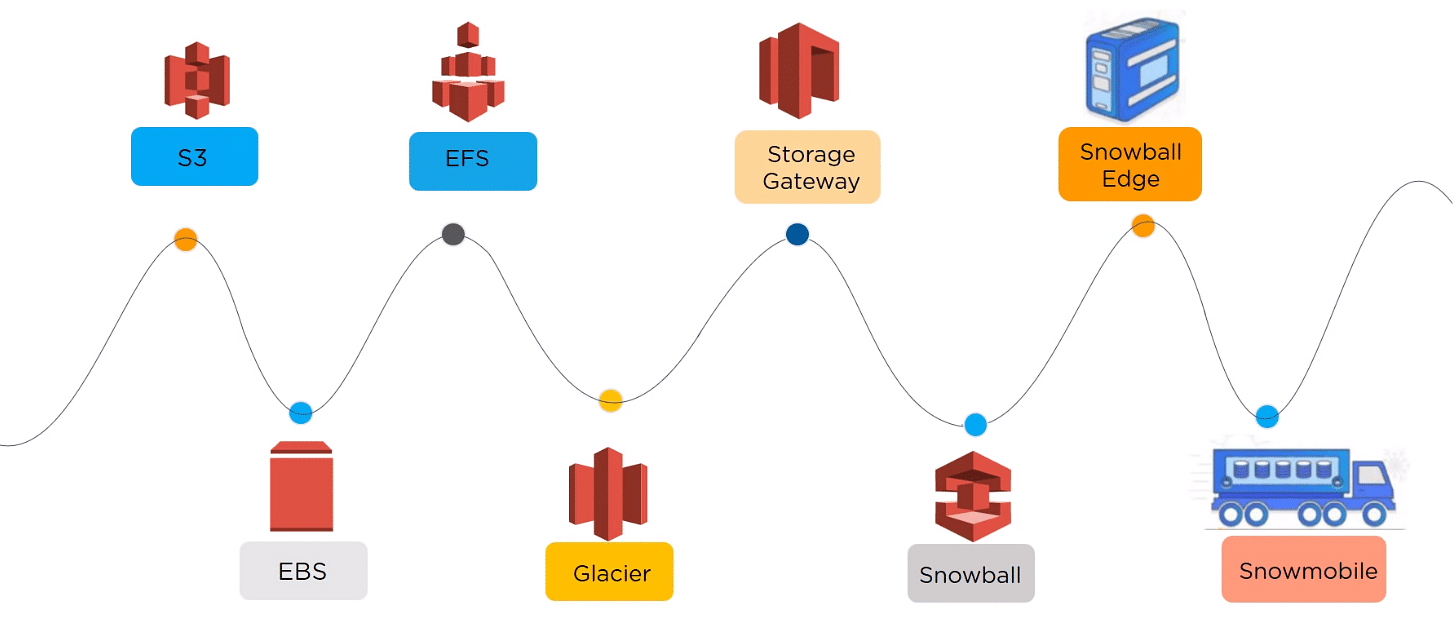
Cloud storage is offered in two models:
- Pay only for what you use
- Pay on a monthly basis
Now, let’s have a look at the different types of storage services offered by AWS.
Types of AWS Storage
AWS offers the following services for storage purposes:

Storage services offered by Amazon
We’ll eventually take an in-depth look at the S3 service. But before we get to that, let’s have a look at how things were before we had the option of using Amazon S3.
Before AWS S3
Organizations had a difficult time finding, storing, and managing all of your data. Not only that, running applications, delivering content to customers, hosting high traffic websites, or backing up emails and other files required a lot of storage.
Challenges included the following:
- Having to purchase hardware and software components
- Requiring a team of experts for maintenance
- A lack of scalability based on your requirements
- Data security requirements
These are the issues AWS S3 would eventually solve. So, what exactly is AWS S3?
Reliable Security:
When created, Amazon S3 buckets are usable only by the identity that created them (IAM policy grants are the exception). You can set access permissions for each file, each bucket, or via IAM(Identity access management), which provides a complete control over how, where and by whom the data can be frequently accessed. With these set of rules and permissions, you can make sure that there is no unauthorized access to your data.
All-time Availability:
Amazon S3 gives every user, its service access to the same highly scalable, reliable, fast, inexpensive data storage infrastructure that Amazon uses to run its own global network of websites. S3 Standard is designed for 99.99% availability and Standard – IA is designed for 99.9% availability. Both are backed by the Amazon S3 Service Level Agreement, which is strictly followed by Amazon.
Very Low cost:
With Amazon S3, you only pay for the data you use, which in itself is a very low price equivalent to $0.022 / GB and ~$0.0125 / GB for infrequent access. You can also define policies to migrate the data automatically to the infrequent access which further reduces the cost as Amazon Glacier is even cheaper( ~$0.004 / GB).
Ease of Migration:
With Amazon S3 you get multiple options (rsync, S3 command line interface and Glacier command line interface) for Cloud Data Migration which are cost effective and it is very simple to transfer a large amount of data to Amazon S3 or out of Amazon S3. Amazon S3 Storage also provides you with the option to import or export data to any physical device or on any network.
The Simplicity of Management:
Amazon S3 has a very user friendly web interface which takes out the usual hard work of maintaining security, optimizing storage classes and managing the data transfer in the most suitable way. You can define its own lifecycle policy, define replication rules and configure the Amazon S3 inventory. It also allows you to configure request metrics and storage classes analysis with many filters to have a better look at your storage.
These are compelling reasons to sign up for S3. Now, let’s move on and have a look at some of the major components of the AWS S3 storage service.
AWS S3 Bucket and Object
Objects are data files, including documents, photos, and videos.In an S3 environment, objects need somewhere to go, which is why buckets exist, serving as fundamental storage containers for objects.Amazon S3 buckets are globally unique.

Example of an object, bucket, and link address
Logging into AWS
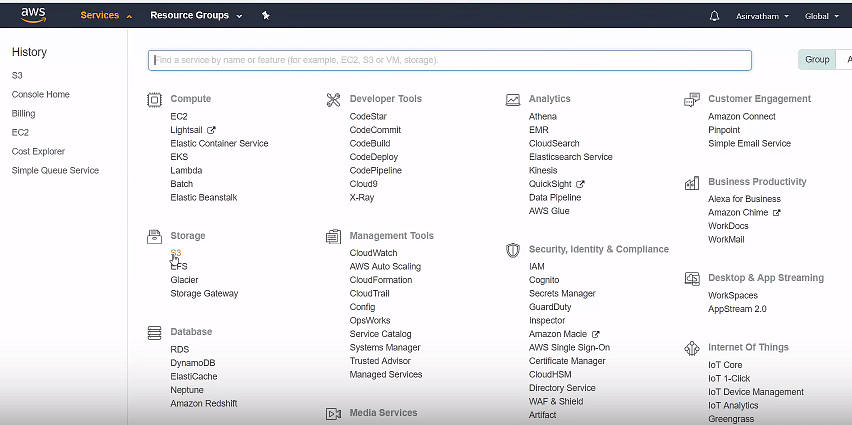
Selecting S3 from Service offerings
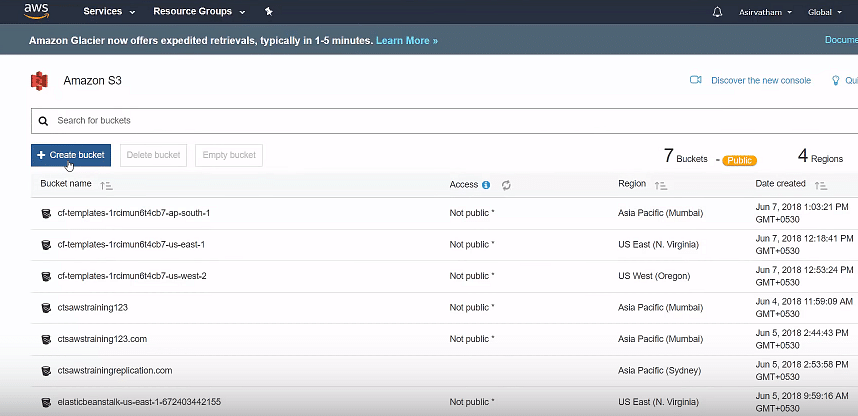 Amazon S3 bucket list (usually empty for first-time users); create a bucket by clicking on the “Create bucket” button
Amazon S3 bucket list (usually empty for first-time users); create a bucket by clicking on the “Create bucket” button
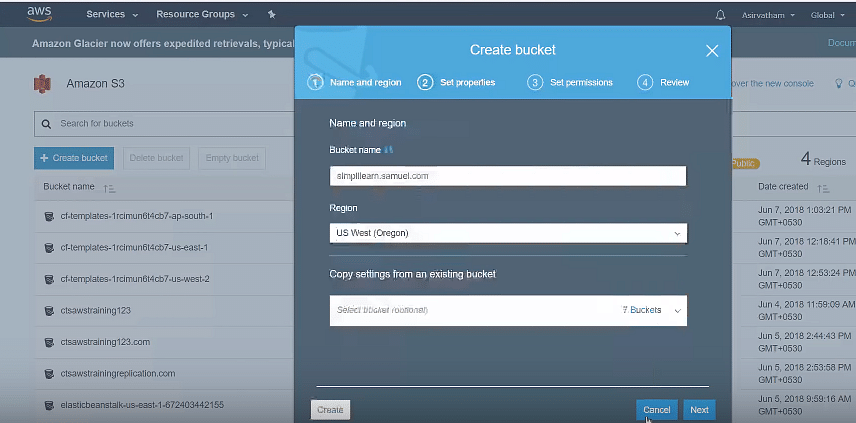 Create a bucket by setting up name, region, and other options; finish off the process by pressing the “Create” button
Create a bucket by setting up name, region, and other options; finish off the process by pressing the “Create” button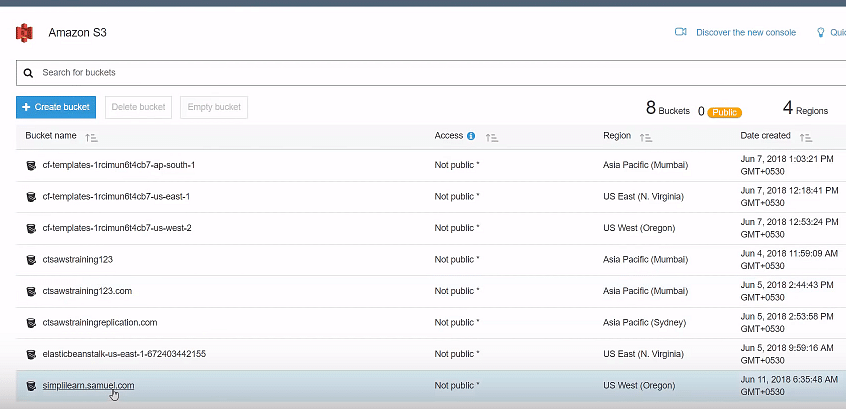 Select the created bucket
Select the created bucket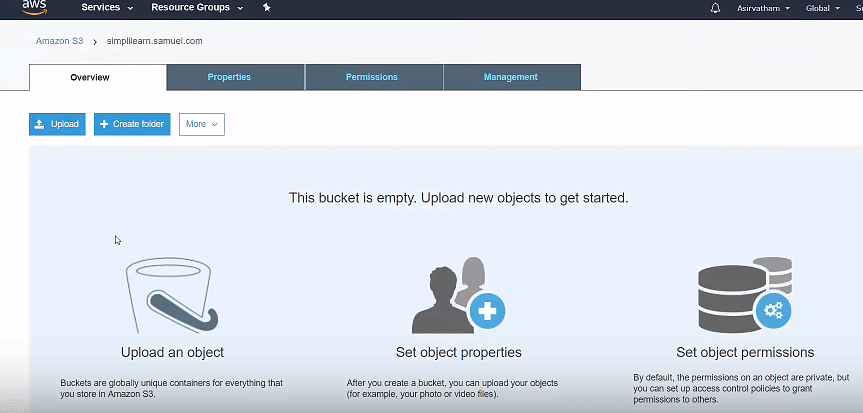 Click on upload to select a file to be added to the bucket
Click on upload to select a file to be added to the bucket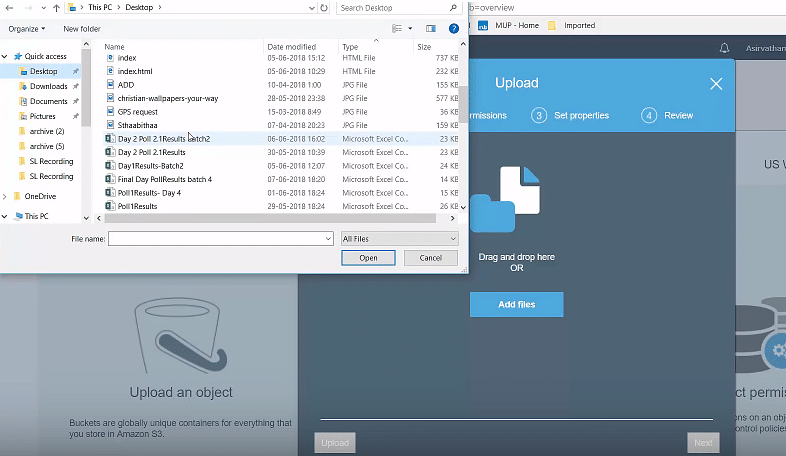 Select a file to be added
Select a file to be added
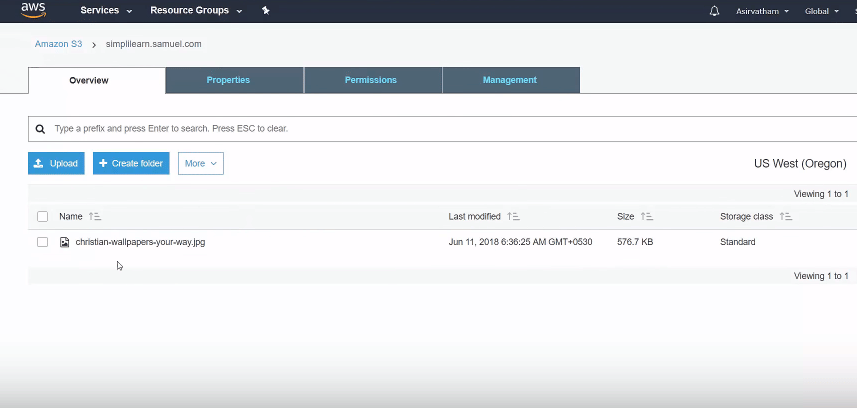
No comments:
Post a Comment